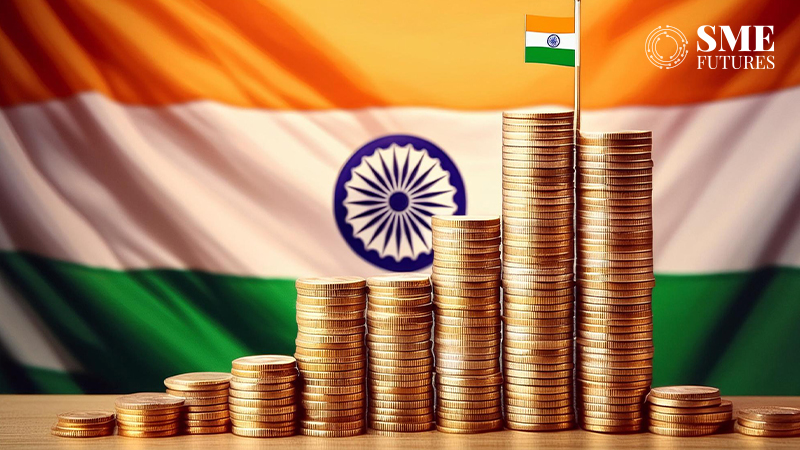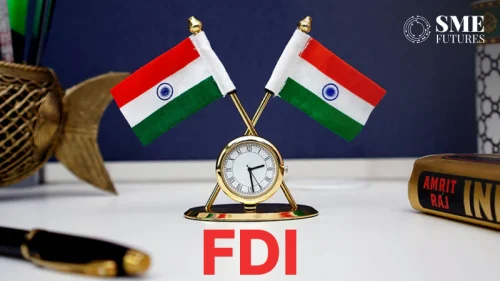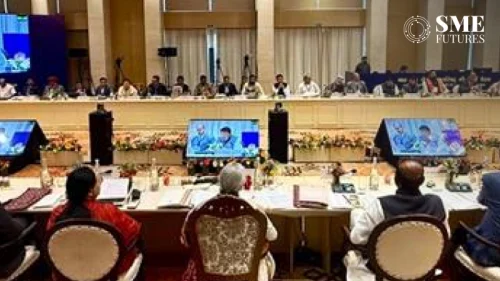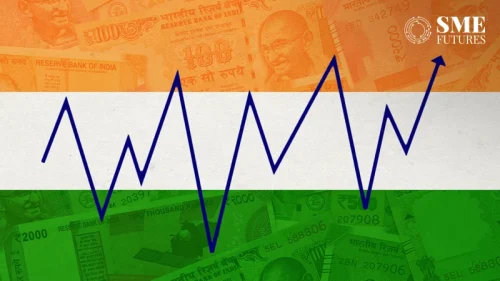With the World Bank revising India’s growth outlook from previous forecast of 6.6 per cent to 7 per cent in the current fiscal, industry leaders said on Tuesday that the country is continuously increasing its resilience despite many uncertainties at the global front.According to the World Bank, the Indian economy continues to grow at a healthy pace and the country’s medium-term outlook remains positive.
“India’s growth forecast at 7 per cent in 2024-25 is highly encouraging. The macroeconomic fundamentals such as inflation, current account deficit, fiscal deficit, debt to GDP ratio have turned benign in the recent quarters and indicate India’s strong growth to continue and remain fastest among the major economies,” said Sanjeev Agrawal, President, PHDCCI.
Going ahead, reducing the cost of trade, lowering trade barriers and revisiting the Free Trade Agreements (FTAs) would be crucial to strengthen India’s growth trajectory and its strong presence in the global ecosystem, Agrawal added.
The World Bank report, titled ‘India’s Trade Opportunities in a Changing Global Context,’ highlighted the country’s status as the fastest-growing major economy, with a remarkable growth rate of 8.2 per cent in FY23-24.
With robust revenue growth and further fiscal consolidation, the debt-to-GDP ratio is projected to decline from 83.9 per cent in FY23/24 to 82 per cent by FY26/27.
The current account deficit is expected to remain at around 1-1.6 per cent of GDP up to FY26/FY27, according to the World Bank’s latest India Development Update (IDU).
The country can boost its growth further by harnessing its global trade potential. In addition to IT, business services and pharma where it excels, India can diversify its export basket with increased exports in textiles, apparel, and footwear sectors, as well as electronics and green technology products, the report mentioned.
The report also highlighted the critical role of trade for boosting growth, emphasising that India has boosted its competitiveness through the ‘National Logistics Policy’ and digital initiatives that are reducing trade costs.











